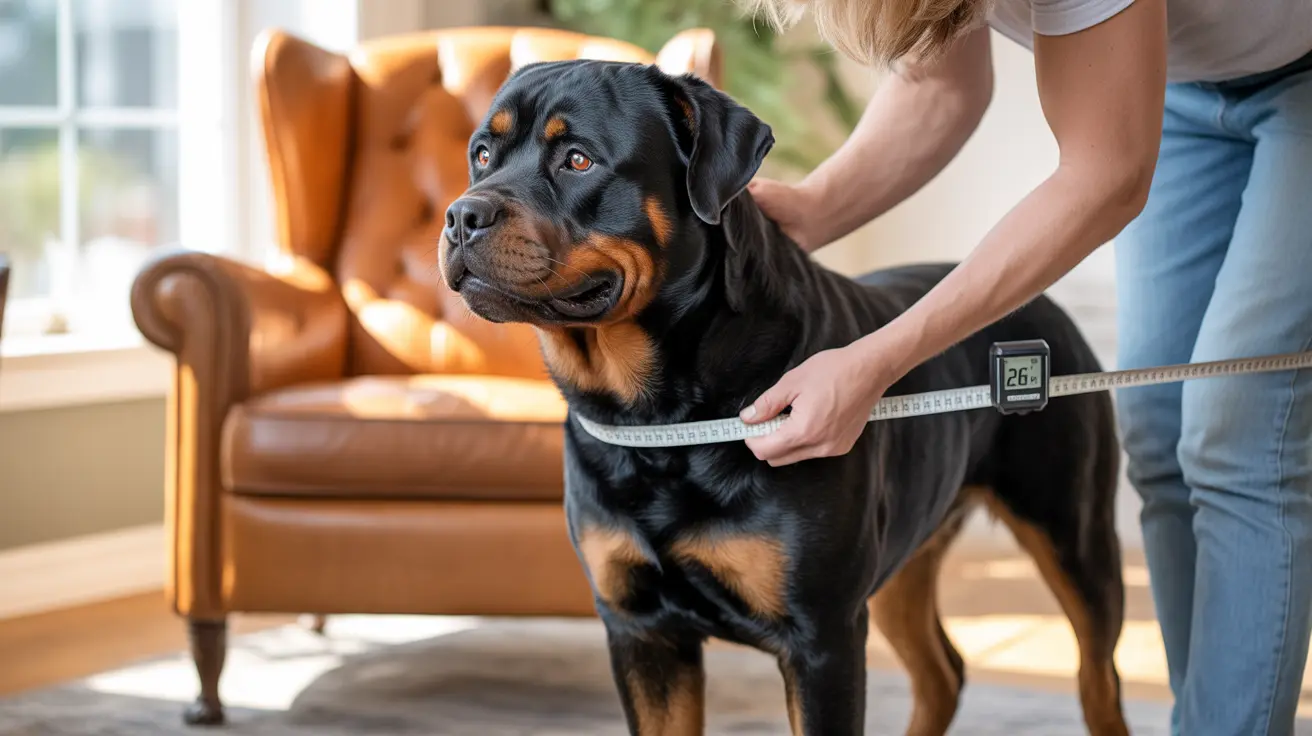Getting the right harness fit for your dog starts with accurate measurements, particularly the chest girth. This comprehensive guide will walk you through the process of measuring your dog correctly, ensuring you select a harness that's both comfortable and secure.
Whether you're a first-time dog owner or switching to a new harness style, understanding how to measure your dog's chest girth properly can make all the difference in your pet's comfort and safety during walks.
Essential Tools for Measuring Your Dog
Before you begin measuring, gather these helpful tools:
- A flexible measuring tape (tailor's tape)
- A piece of string and ruler (alternative method)
- Treats to keep your dog standing still
- A helper (recommended but optional)
The Step-by-Step Measurement Process
Getting the Perfect Chest Girth Measurement
Follow these precise steps for an accurate chest measurement:
- Have your dog stand naturally on all four legs
- Locate the widest part of the chest (usually just behind the front legs)
- Wrap the measuring tape around this area, keeping it snug but not tight
- Ensure you can slip two fingers under the tape
- Record the measurement in both inches and centimeters
Additional Important Measurements
While chest girth is crucial, these supplementary measurements can help ensure the best fit:
- Neck circumference (where the collar sits)
- Body length (from base of neck to tail)
- Weight (for reference with sizing charts)
Tips for Accurate Measurements
Consider these important factors when measuring:
- Measure when your dog is calm and standing naturally
- Account for thick fur by measuring close to the skin
- Take multiple measurements to ensure accuracy
- Round up if between sizes
- Consider your dog's growth if they're still maturing
Common Measuring Mistakes to Avoid
Watch out for these frequent measuring errors:
- Measuring a sitting or lying dog
- Pulling the tape too tight
- Not accounting for fur thickness
- Assuming all brands use the same sizing
- Forgetting to check brand-specific size charts
Making the Final Size Selection
After getting your measurements, keep these factors in mind:
- Always check the manufacturer's size chart
- Consider your dog's build and body shape
- Factor in any weight fluctuations
- Think about the harness's intended use (walking vs. training)
Frequently Asked Questions
How do I accurately measure my dog's chest girth for a harness?
Wrap a flexible measuring tape around the widest part of your dog's chest, just behind the front legs. Keep the tape snug but not tight, ensuring you can slip two fingers underneath.
What are the key differences in dog harness sizing charts across brands?
Different brands may use varying measurements and size ranges. Some focus primarily on chest girth, while others incorporate weight and neck size. Always refer to the specific brand's sizing chart for the most accurate fit.
Why is it important to ensure the right chest girth fit when choosing a dog harness?
A properly fitted chest girth prevents the harness from being too loose (risking escape) or too tight (causing discomfort and restricted movement). It's crucial for both safety and comfort during walks.
How can I determine the best harness size for my dog if it falls between sizes?
When your dog falls between sizes, it's generally recommended to choose the larger size. This allows for comfort and movement while ensuring the harness can be adjusted snugly with the straps.
What tools can I use if I don't have a tailor's tape to measure my dog's chest for a harness?
You can use a piece of string or ribbon to wrap around your dog's chest, mark the length, and then measure it against a regular ruler. This method works just as well as a tailor's tape.
Conclusion
Taking accurate chest girth measurements is crucial for finding the perfect harness fit for your dog. By following these detailed steps and considering all relevant factors, you'll be able to select a harness that keeps your dog comfortable and secure during all your adventures together.






